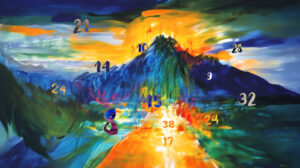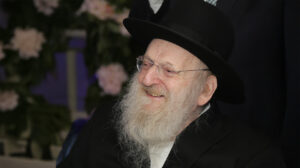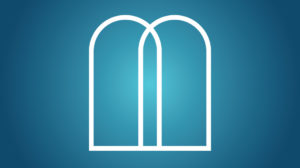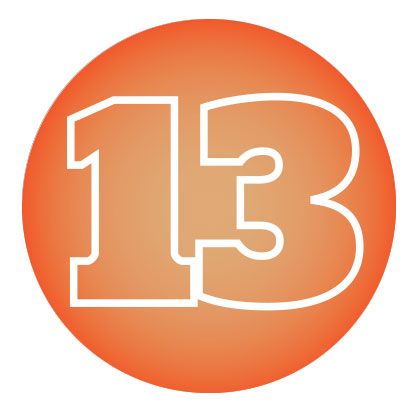Doorways And Gateways

“How astonishing it is,” the Chazon Ish writes, “that a person is able to share his worries with the Master of the Universe in the same manner that he would speak to a friend!”
“Why are you coming in through the back door?” This was the Chofetz Chaim’s question to the many callers who sought his brachos.
If you’re trying to visualize his house and its entrances, you misunderstand. The Chofetz Chaim was not referring to the portals of his home; he was alluding instead to the gateways of heaven.
“Go directly to the Master of the Universe! Take a Tehillim and daven; ask Him for His blessings. That’s what I do,” the Chofetz Chaim would insist. “When I need something, I speak to my Father. A father wants to listen to his children. He doesn’t want to hear about their needs from someone else.”
The message is clear: All brachos come from Hashem. You can petition Him directly (the front door), or you can ask a tzaddik to be the conduit (the back door), but ultimately there’s one, and only one, Source of blessing.
Active Service
The fifth principle of the Rambam’s Thirteen Principles of Faith addresses this very issue: I believe with perfect faith that to the Creator alone it is proper to pray, and that it is not proper to pray to any other.
There are two statements here: the first instructs us to believe in the concept of prayer and worship of Hashem, which implies that Hashem wants us to connect to Him, and that He listens, cares and responds. The second statement tells us to recognize that we may not direct this service to any other force, deity, or power.
Although the listing of this principle in the siddur only mentions prayer, the Rambam writes that this fifth principle includes other forms of avodah, as well: “Serving Him, exalting Him, making His greatness known, and fulfilling His mitzvos.” The common theme of these actions is expressing our submission to Hashem’s greatness in a multitude of ways.
In the Beis Hamikdash, avodah included bowing to the ground. Rav Pincus explains that when a person stands, his head is higher than his limbs, indicating its superiority; when he prostrates himself, he lowers his head and aligns it with his body, expressing that, when relating to his Creator, there’s no difference between his head and his limbs — they’re equally inferior. Another form of avodah in the Beis Hamikdash was the offering of korbonos, which symbolized our readiness to spill our blood for Hashem, for we owe our very lives to Him.
This principle teaches us that it’s not sufficient to believe in Hashem’s existence, unity, management, and power in an abstract fashion — we must serve Him actively, as servants work for their master. Tefillah is one of the primary and most direct ways to achieve this, especially today, when it replaces korbonos.
At first glance, it doesn’t appear that tefillah is a fitting exchange for sacrifices. After all, a korbon is an offering to Hashem, yet a prayer is a request to receive. Rav Chaim Friedlander explains that the two activities have essentially the same purpose. They both express our knowledge that we have nothing of our own and are completely dependent on Hashem. A sacrifice indicates that all we already have belongs to Hashem; tefillah specifies that only He can fill our future needs.
Oops! We could not locate your form.








